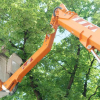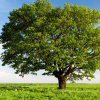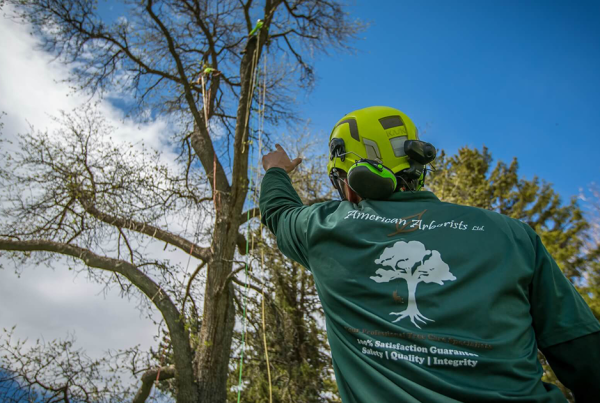
So summer is upon us once again. And you’re wondering what to do with the trees in your property to help them stay healthy and pest-free.
The Do’s and Don’ts of Summer Tree Care
Summer is the one season a lot of people look forward to. It’s the time when you can enjoy the warmth of the sun in your own backyard, at the beach, at the park, or at your local recreation center with family and friends. But just because people enjoy the summer doesn’t mean that trees enjoy it too, especially when you consider what usually comes with the season: droughts, the scorching sun, summer storms, and wildfires.
The following are the do’s and don’ts of summer tree care that will help you take care of your landscape and trees.
Everything You Need To Know About Summer Tree Care
Implementing proper tree care and maintenance is not as difficult as learning Mandarin or understanding quantum physics. It’s actually quite simple and straightforward as long as you have all the right information and you understand what your tree needs with the changing seasons.
To start things off, let us go over the common mistakes that tree owners tend to commit when taking care of their trees during summer. The following are things that you should avoid doing to your trees during the warm summer months:
- Don’t over-water your trees. Although moisture levels might dip a little during summer, it doesn’t mean that you should overwater your trees to keep them hydrated. Believe it or not, trees, shrubberies, and other plant life can get too much water in the summer, which can be detrimental to their health.
A good rule of thumb when it comes to deciding whether or not you should water your trees is to check the condition of the soil near the tree. If the soil is soggy or damp, you don’t need to water the tree. And remember that it’s way more effective to water the roots of the tree rather than soaking the soil.
- Summer is not the best time for pruning and trimming your trees. During the summer, trees are usually very active. This is the time when trees are in full bloom and in their most glorious appearance, with lush green leaves and thick canopies. And when you prune or trim your tree during this time, it can lead to over-pruning, which can result in extreme stress for the tree.
The ideal time to prune or trim most types of trees is during their dormant period, which occurs in late fall or early winter. Trees are normally in full dormant mode well into the winter months.
- Do not plant new trees during the summer. Some people may think it’s a good idea to plant trees during the summer. Maybe for some species, it is, but for most trees, summer is the wrong time for planting.
Fluctuating summer conditions, with the rain, the hot summer sun, and the possibility of drought, is already stressful enough for adult trees. Can you really put a young tree through those conditions and expect it to survive the coming winter? The ideal time to plant a tree is during spring or autumn.
Those are some of the things you should avoid doing during summer. Now here are some of the things that you should definitely consider when taking care of your trees during summer:
- Don’t forget to mulch your trees. Mulching is normally done during spring, but it’s never too late to mulch your trees even in the middle of summer. Mulching does a lot for your tree, in addition to adding visual appeal to your yard.
Mulch serves as an insulator that preserves moisture and coolness in the soil, which helps minimize the stress your tree feels during the hot summer months.
- Water your trees properly and appropriately. With the first point in the DON’T section in mind, make sure that your trees are well hydrated during the summer. Keep in mind though that some tree species may require more water than others. Again, the best indicator for when you should water your trees is the soil condition.
- Do perform a thorough tree inspection for storm damage and insect infestation. Summer is the best time to perform inspections on your trees, especially for pest infestations. If the infestation is allowed to remain unchecked, you may need to cut down the tree to stop the problem from spreading. You know trees are very active during the summer, but what you may not know is that insects are quite active during this time of year as well.
And while you’re at it, check for potential storm damage and implement a good storm damage prevention plan if you’re expecting thunderstorms and strong winds in the ensuing days and weeks.










